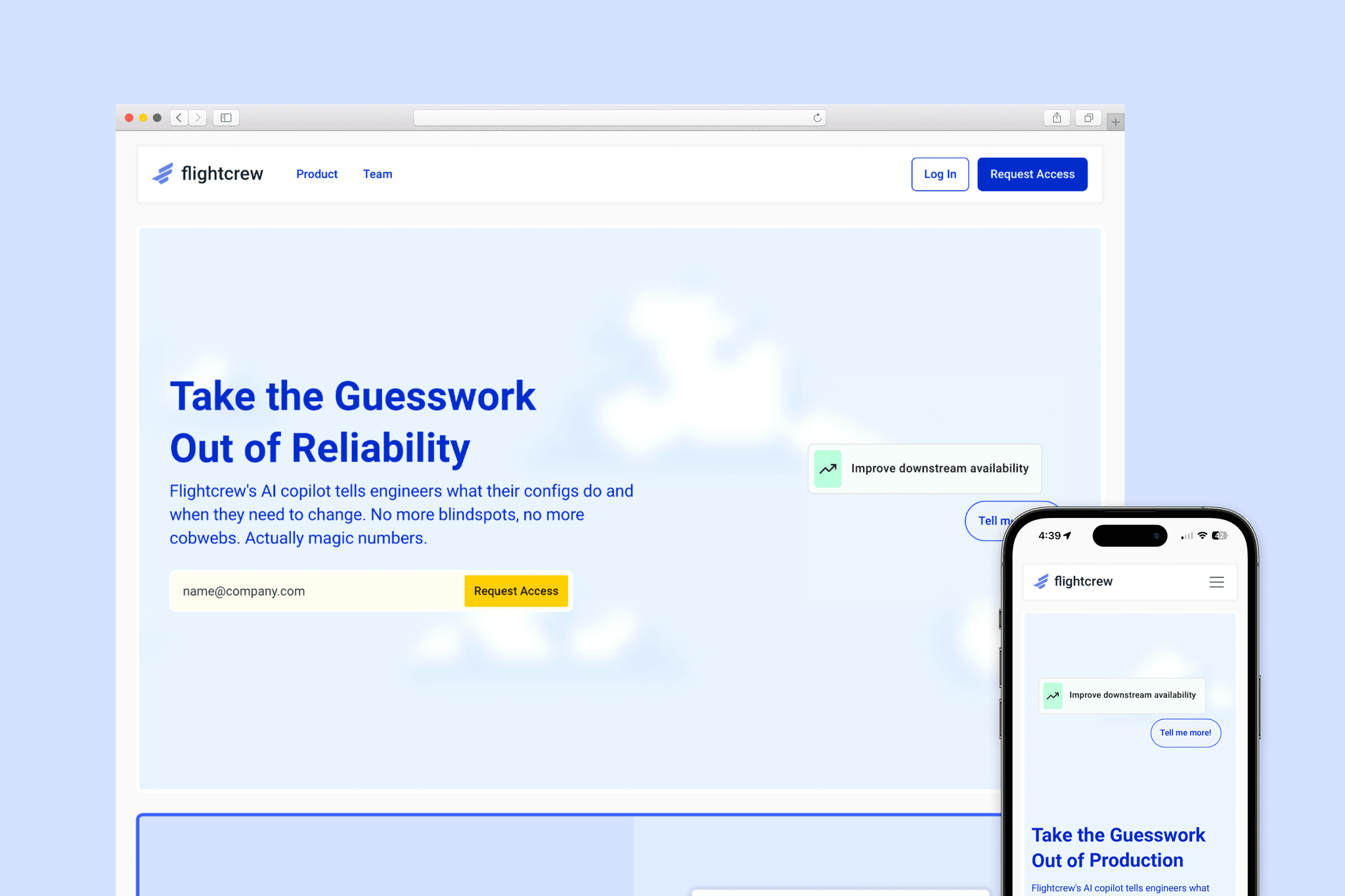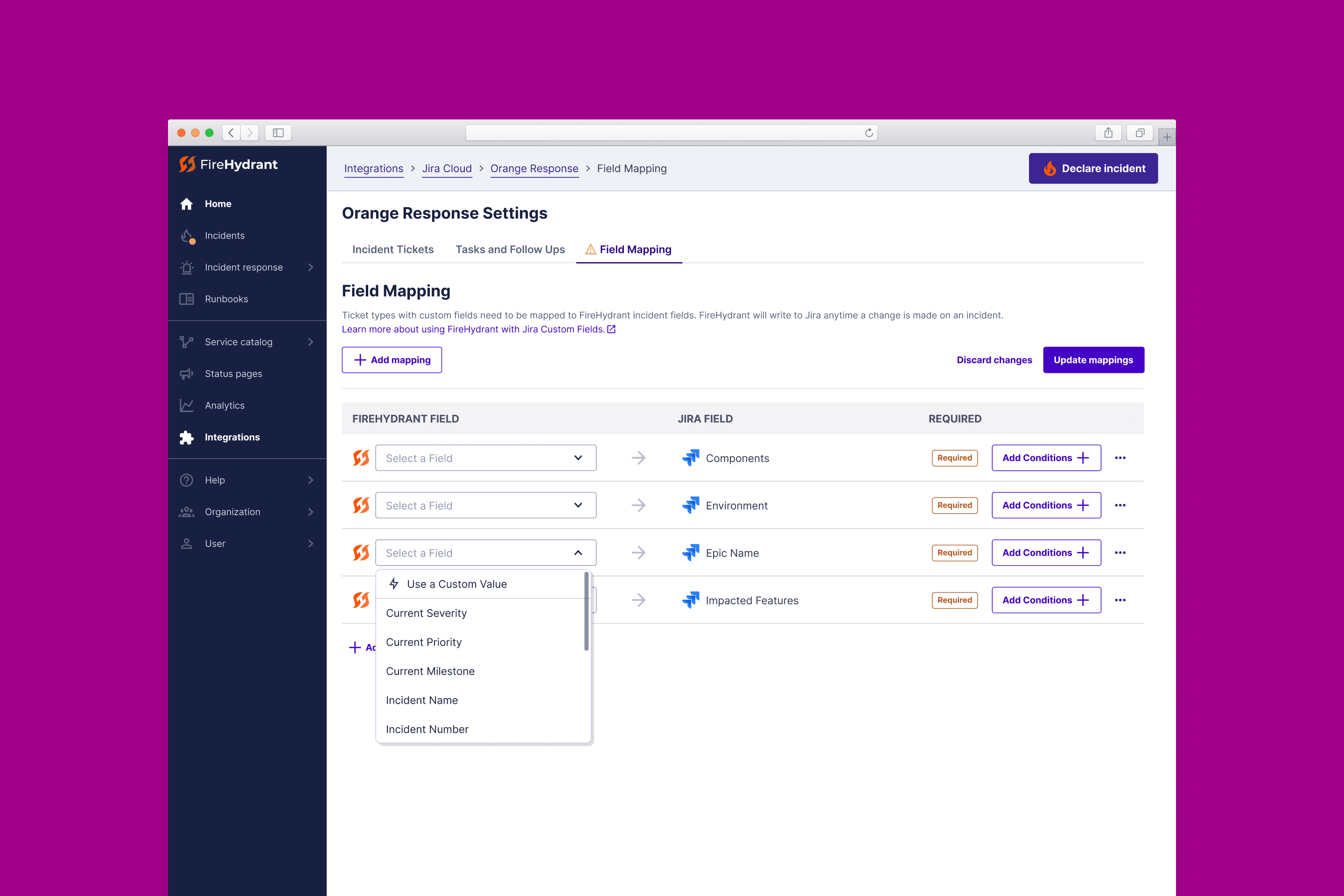
Alert Routing
A feature enabling Site Reliability Engineers to automate incident creation and reduce manual effort.
Company
Role
Project Duration
Year
Alert Routing
A feature enabling Site Reliability Engineers to automate incident creation and reduce manual effort.
Company
Role
Project Duration
Year


FireHydrant helps Software Engineering teams build and improve their incident management process for with a platform which combines automation, communication, and documentation for retrospectives.
Alert Routing is a new feature that allows customers to configure automations from alerts FireHydrant ingests from third-party providers such as PagerDuty and Datadog. This feature solves the problem of automating incident creation, which can be a time-consuming task for software engineering teams at larger enterprise companies.
As the sole Sr. Product Designer for this project, I worked closely with a team of back-end and front-end engineers to design and implement Alert Routing. I also collaborated with my design team (consisting of a Staff Product Designer and Design Systems Engineer) to ensure the new patterns I designed met the direction of the improvements to the FH design system.
One of the most interesting aspects of this project was the challenge of designing a solution that not only relied on visual elements but also thoughtful choice of words. Alert Routing is similar to IFTTT or Zapier where people can build out automations with a series of statements and conditions. However, designing a solution for highly technical users like Software Engineers required careful consideration of using language which did not have a different meaning.
This project can be covered in more depth in a presentation.
FireHydrant helps Software Engineering teams build and improve their incident management process for with a platform which combines automation, communication, and documentation for retrospectives.
Alert Routing is a new feature that allows customers to configure automations from alerts FireHydrant ingests from third-party providers such as PagerDuty and Datadog. This feature solves the problem of automating incident creation, which can be a time-consuming task for software engineering teams at larger enterprise companies.
As the sole Sr. Product Designer for this project, I worked closely with a team of back-end and front-end engineers to design and implement Alert Routing. I also collaborated with my design team (consisting of a Staff Product Designer and Design Systems Engineer) to ensure the new patterns I designed met the direction of the improvements to the FH design system.
One of the most interesting aspects of this project was the challenge of designing a solution that not only relied on visual elements but also thoughtful choice of words. Alert Routing is similar to IFTTT or Zapier where people can build out automations with a series of statements and conditions. However, designing a solution for highly technical users like Software Engineers required careful consideration of using language which did not have a different meaning.
This project can be covered in more depth in a presentation.
